I’ll say it: I’m tired. Tired of seeing endless capes and CGI battles claiming to be “deep,” tired of the “universe-building” that feels less like art and more like corporate chain mail, and tired of Hollywood spoon-feeding us the same hero-origin beats with a fresh coat of digital paint. The Marvel Cinematic Universe (MCU) revolutionized blockbuster moviemaking—but somewhere along the line, megafranchises turned into creative cul-de-sacs. It’s time to admit: superhero fatigue is real, and we desperately need a post-MCU era.
1. The Same Tired Formula, Over and Over
A. Origin + Training + Final Showdown
Take any superhero movie from 2012 onward and you’ll spot the blueprint:
- Origin Story: Protagonist traumas, accidental superpowers, or inherited destiny.
- Training Montage: Some shallow “find your inner hero” pep talk or montage.
- Big Villain Reveal: Often another CGI monstrosity with a predictable worldview (“I’ll destroy the world because… reasons!”).
- Climactic Battle: Epic city-destroying fight, punctuated by a heroic one-liner.
- Tease for Next Installment: “Did you notice that easter egg? See you in Phase 4.”
That structure once felt fresh—back when Iron Man launched in 2008. But by Phase 3 (Avengers: Infinity War, 2018), it had started to feel like reheated, mass-produced comfort food. The “same old beats” robbed superhero movies of genuine stakes. It’s tough to root for a hero when you know 1) they’ll never really die, and 2) their villains—no matter how apocalyptic—are just stepping stones toward the next butt-kicking extravaganza.
“I paused three times in Endgame just to remind myself: ‘Wait… so he’s actually back? Again?’”
— A weary Couch Critic viewer
2. Saturation Point: Too Many Heroes, Too Little Soul
A. Count the Releases
- In 2019 alone, we saw 10+ superhero titles (including Disney+ shows).
- 2020 canceled few due to COVID, but once theaters reopened, studios doubled down.
When every month brings another masked vigilante or red-caped savior, audiences start asking: “Does the world really need another flying vigilante who quips mid-battle?” It’s not just Marvel—DC, Sony, Fox (before Disney’s acquisition), and even television streams have churned out shows and films at breakneck pace. The result: attention fatigue. I find myself scrolling past trailers without a second glance.
B. Creative Bankruptcies
- Recycled Villains: How many times can we watch Loki schemes, Thanos-level existential threats, or Lex Luthor’s grandiose monologues before it all blurs?
- Interchangeable Heroes: Beyond a flashy costume and a catchy catchphrase, there’s often zero character depth. A billionaire playboy here, a tortured alien there—rinse, repeat.
- Oil-Painted Diversity: “We need more diversity!”—so they swap skin colors or genders on existing characters rather than crafting new, authentic ones. It feels performative.
When filmmakers lean on the MCU’s cash cow instead of daring to tell novel stories, we end up with isolated sparks of creativity (see: Logan, Joker) overshadowed by the tidal wave of “phase planning.”
3. The Illusion of Stakes
A. Death as a Temporary Speedbump
Remember when superheroes dying on-screen felt shocking? Think Spider-Man 2 (2004) or Batman Begins (2005). Fast forward to Avengers: Infinity War: half-the universe dusted one minute, back to life before you could even finish your popcorn. By the third act of Endgame, death has become a narrative ping-pong ball—thrilling, yes, but also meaningless. If even Thanos can’t stay dead, why care when any hero meets their “end”?
B. Plot Armor on Steroids
Plot paradox: the bigger the franchise, the stronger the hero’s plot armor. Every near-death experience morphs into a dramatic “we have to believe in hope!” speech, followed by a deus-ex-machina rescue. Emotional investment requires real risk. When studios treat character death like a rubber bullet, our suspension of disbelief is stretched thinner than Spider-Man’s webbing.
“When Gamora’s back in Guardians 3 but just… younger and alternate-dimension… I can’t decide if that’s cool or insulting.”
— Couch Critic fan in the comment section
4. Why Creative Burnout Hurts Filmmaking, Too
A. Directors and Writers Chained to “The Machine”
Talented auteurs like Taika Waititi and James Gunn found their voices diluted as they tried to balance personal style with four-year MCU calendars. Big budgets mean big corporate oversight. Before you know it, the studio execs are asking, “Is there a crossover opportunity? Can we sell more action figures?” Genuine artistry gets trumped by shareholder calls.
B. Diminishing Returns at the Box Office
Yes, Avengers: Endgame grossed billions. But recent entries—Ant-Man and the Wasp: Quantumania, Thor: Love and Thunder—underperformed relative to expectations. Fans feel fatigued, critics even more so. Reviews often open with the caveat: “It’s still fun… if you can stomach one more post-credits scene.” If viewership continues to plateau, studios will chase the next big trend (like AI thrillers or nostalgic remakes), leaving the entire superhero assembly line vulnerable.
5. What a Post-MCU World Could Look Like
A. Smaller Budgets, Bigger Risks
Imagine $10–$20 million indie superhero films—think Moon Knight on a shoestring; creative freedom to explore moral ambiguity, unconventional animation, or grounded sci-fi premises without needing to plaster “Part 4” into the title. Low stakes for studios can mean high rewards for audiences craving novelty.
B. New Voices & Diverse Perspectives
- Fresh IPs: Create original heroes that don’t fit the traditional mold.
- Global Flavors: Step outside the Anglo-centric lens—Bollywood superhero epics, Nollywood’s urban vigilantes, or Korean antiheroes who channel social critique rather than comic book lore.
- Genre Mash-Ups: A horror-comedy supervillain saga? A romantic drama where both leads have secret powers but no one’s clamoring for capes? Injecting cross-genre experiments can spark excitement.
C. Quality Over Quantity
- Release fewer titles spaced out over two to three years, giving directors breathing room to develop unique visions.
- Let audiences crave a new hero instead of dreading another origin story.
- Encourage smaller teams—fewer cooks in the kitchen mean more coherent visions.
6. The Case for Creative Reboot (Without the Reboot)
I’m not advocating killing the entire superhero genre. It has its place: escapism, visual spectacle, comic relief. But we need a creative pivot:
- Self-Aware Deconstruction: Films that explicitly critique the “superhero machine” (like The Boys TV series) can coexist with standard fare—but they need to challenge conventions rather than reinforce them.
- Embrace Imperfection: Characters shouldn’t have an army of writers polishing every line. Give us flawed heroes who don’t always “rise to the occasion” in perfect montage form.
- Focus on Heart, Not Hype: Audiences began falling in love with Iron Man because Robert Downey Jr. brought charisma to a flawed genius. That vulnerability got lost amid individual “universe-saving events.” Let vulnerability and relatability drive the next generation of blockbusters.
7. A Final Mic-Drop (Debate Hook)
Look, I get it: “But Avengers: Endgame was one of the biggest cultural moments ever!” Fair. Yet seven years later, can you name many superhero films that held up? Outside of occasional gems (Logan, Black Panther), most end up feeling like disposable blockbuster noise. We’ve squeezed every last drop of novelty from the endless “hero meets villain” treadmill.
So here’s the real question:
Do you believe Hollywood can evolve past superhero saturation, or will we remain captive to multibillion-dollar IP factories?
Drop your hot takes in the comments—because if we’re going to survive this fatigue, we need to demand better stories, unshackled from the same formulaic shackles.
Next time you see a new superhero trailer, ask yourself:
- Am I excited to see something truly surprising?
- Or am I just bracing for the same set pieces, tweaked colors, and recycled one-liners?
Because if we’re supposed to care about these heroes, they need to earn it—one authentic story at a time.
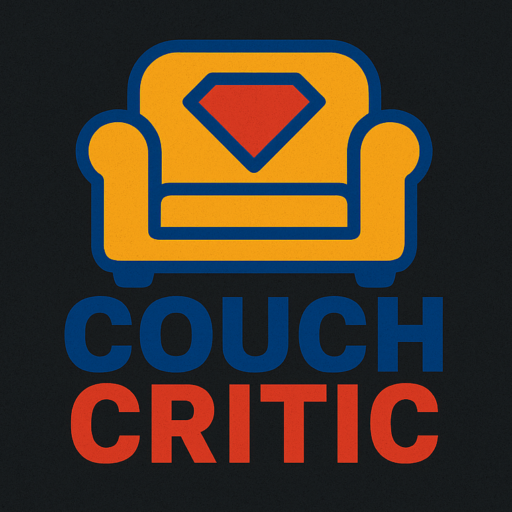
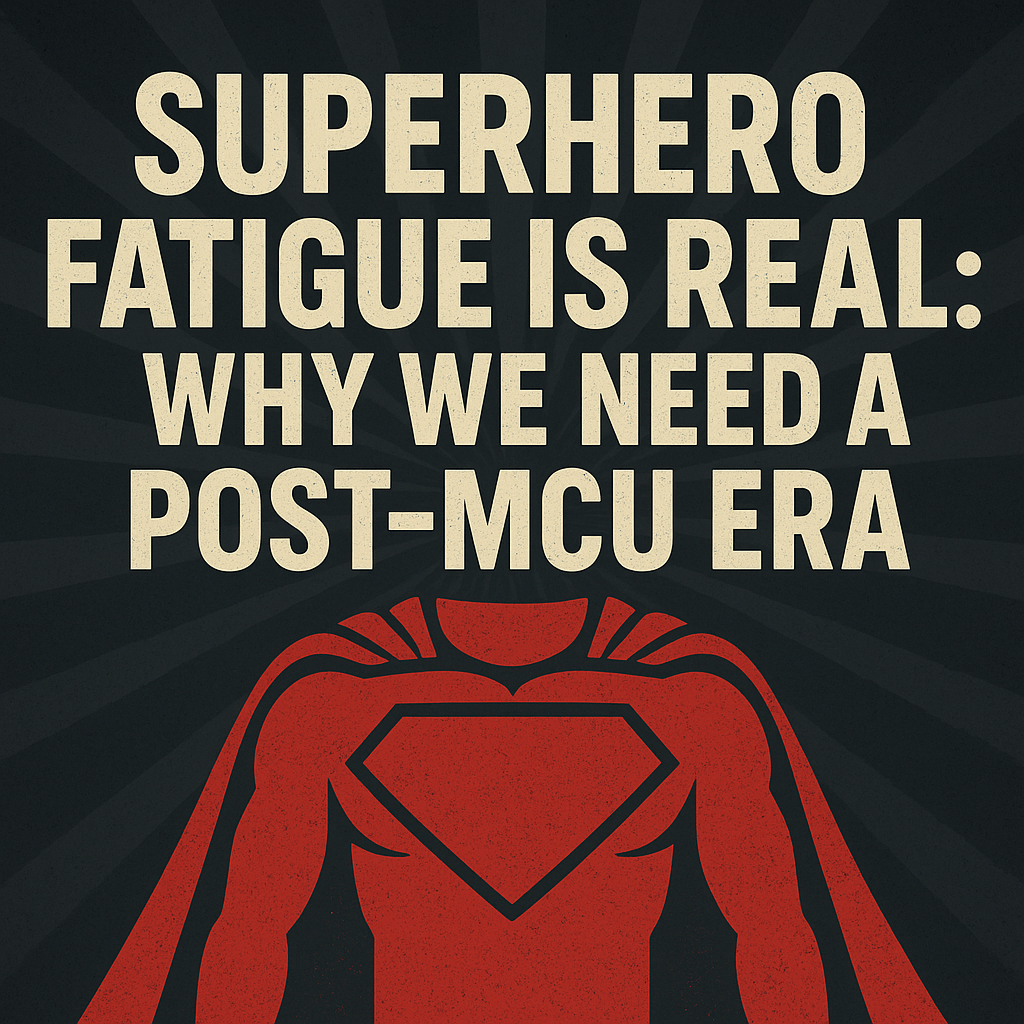
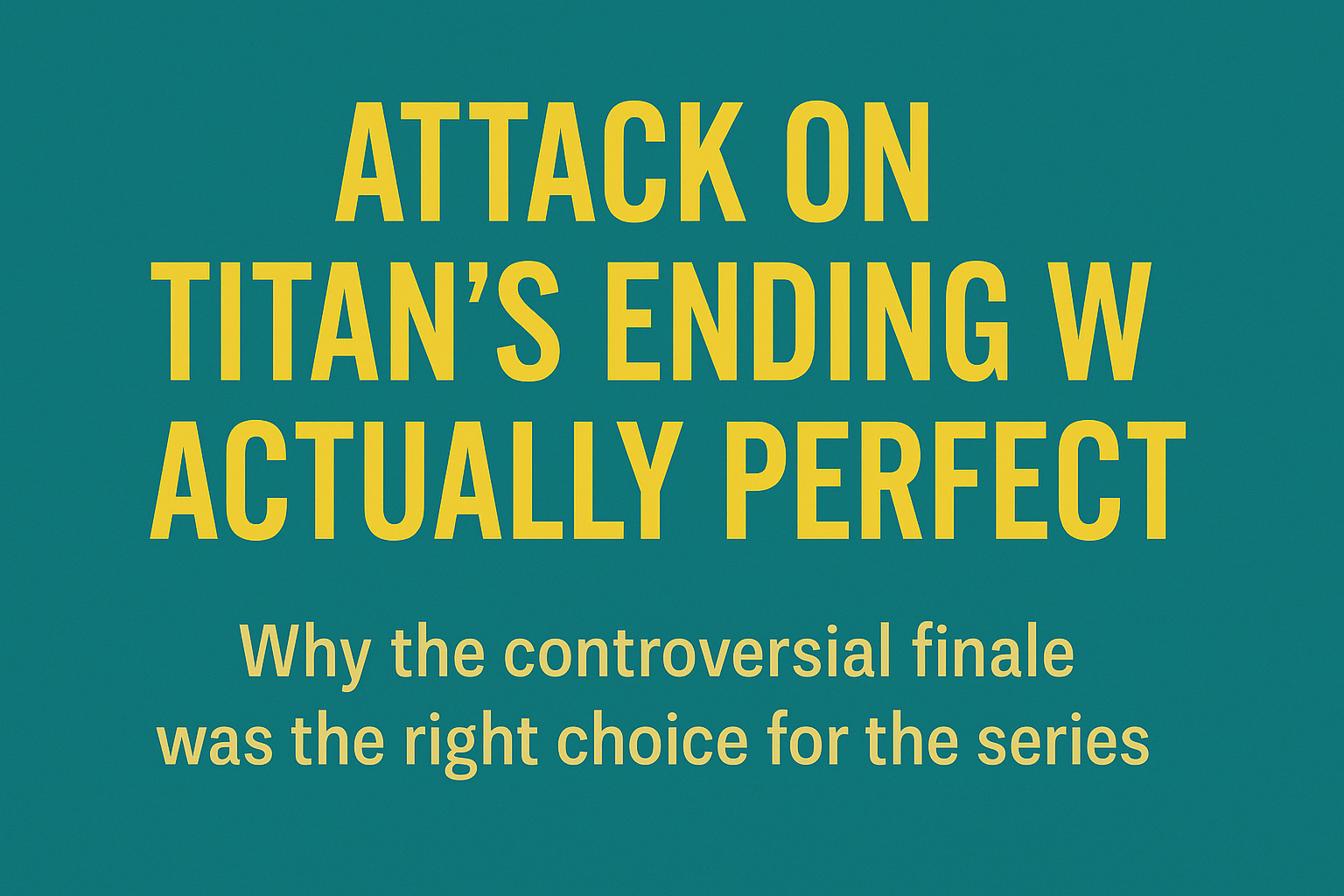
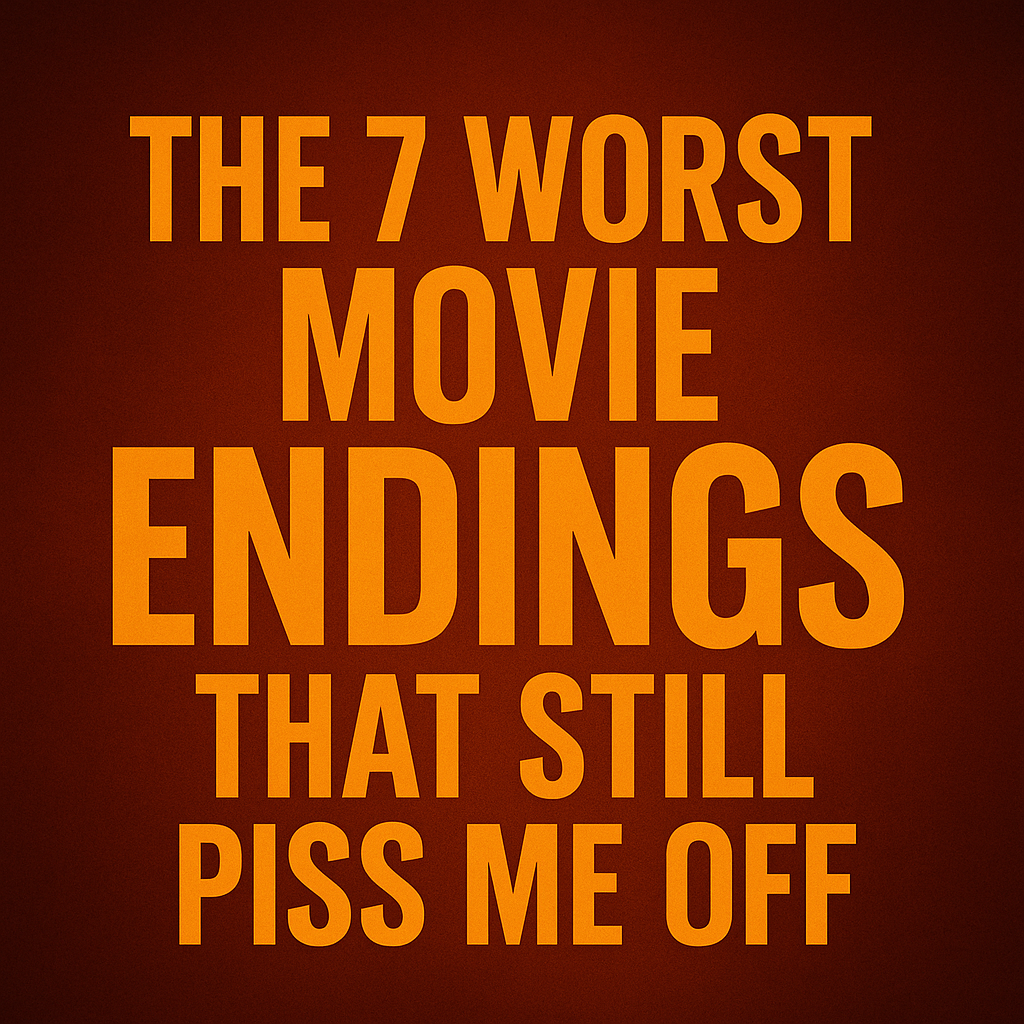
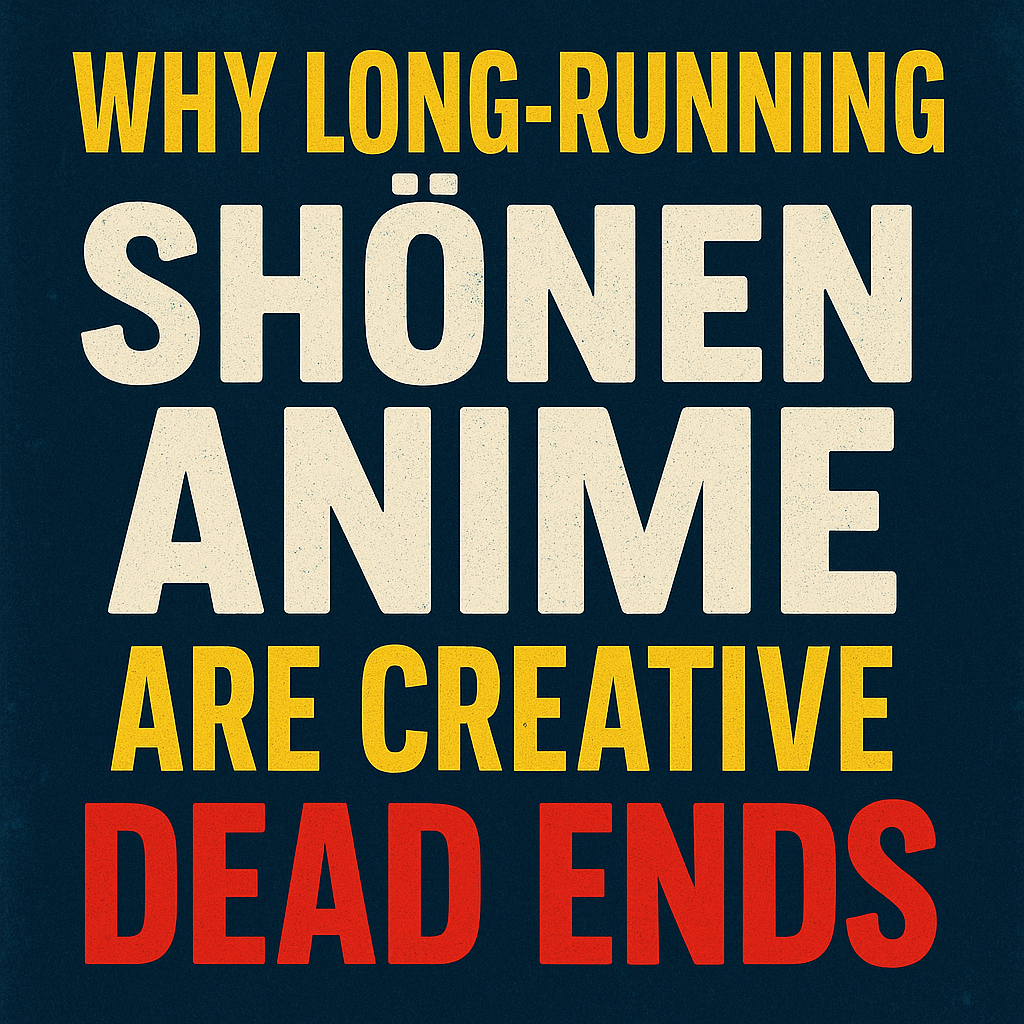
Leave a Reply